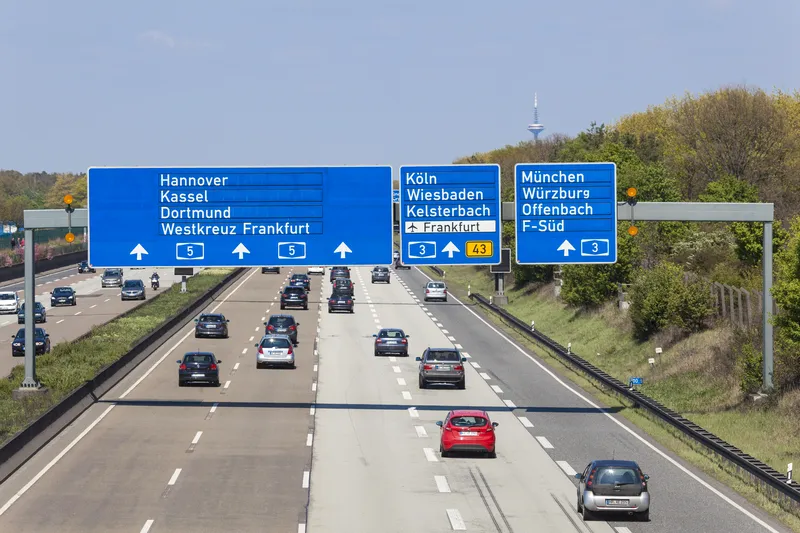
The safety of workers during road closures and working alongside, or above, live lanes is becoming an automated process.
Ten workers suffered major injuries while working on or near motorways and major A roads in England in 2013, and between 2009 and 2013 eight had been killed. It was against that background that the first commercial application
Developed by a partnership between
Traffic management firm Chevron deployed Safelane to manage the full closure of the M56 between junctions 5 and 6 over a weekend, to allow a 1,500tonne bridge to be lifted into place to improve access to Manchester Airport. This required directing vehicles off the motorway and preventing other road users joining the motorway at four closure points using VMS with live streaming CCTV mounted on the same platforms.
The VMS were surrounded by HRS’ Intellicone intelligent cone barriers and contactless sensors to detect breaches and during the closure VMS messages warned around 170,000 motorists they were approaching the work zone, of the road closure ahead, and of the CCTV surveillance.
This solution meant that only two personnel per shift were deployed on perimeter guarding duties (compared with six for traditional methods), minimising the number of workers in high-risk locations.
There was one work zone breach, lower than Chevron would normally expect, which occurred when a motorcycle passed between two cones at an unmanned location triggering the alarm. Simultaneously, the gatemen positioned at checkpoint locations received an automatic audible alarm alerting them to the incursion and enabling them to stop the vehicle. The CCTV camera recorded the incident which can be used in any follow-up action as required.
Each gatemen had a manual panic alarm if they needed to warn the workforce of an incursion. The inclusion of a human element in the fully automatic system was to ensure that the more than 100 workers were alerted only when necessary and so prevent unnecessary disruptions which can lead to workers ignoring the alarms.
“The VMS element improved the information available to road users negotiating the roadworks.”
Added MVIS’ managing director, Pat Musgrave: “Work zone incursions pose one of the most significant risks to road workers, and this solution reduces this level of risk.”
Workers on the M62 smart motorway upgrade deployed a temporary overheight detection solution to protect personnel working on scaffolding suspended beneath a bridge above live traffic.
The system combines Safelane with a sentry beam set at the required height and positioned some distance from the bridge. An overheight vehicle heading towards the bridge will break the beam, automatically triggering flashing VMS signs and the Intellicone alarm which gives workers time to vacate the potential impact area before the vehicle arrives.
Chris Hunter, stores manager for the BAM Morgan Sindall Joint Venture, said: “Within the first week there were three breaches, all of which were quickly remedied as the drivers were alerted and able to turn around and find an alternative route.”









